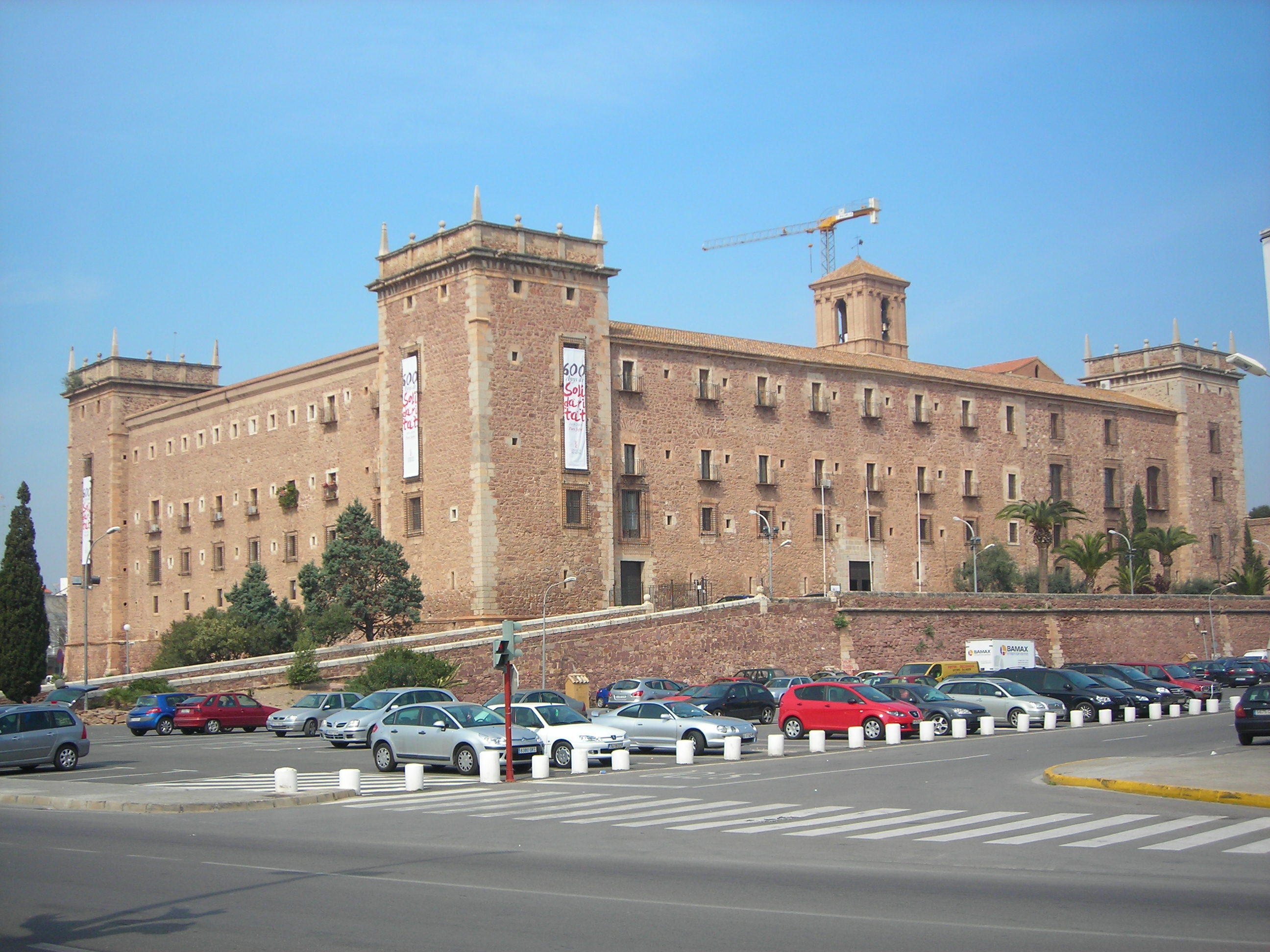Monastery Of Santa Maria, El Puig on:
[Wikipedia]
[Google]
[Amazon]
The Monasterio de Santa Maria is a Gothic-style church and 
Renaissance
The Renaissance ( , ) is a Periodization, period of history and a European cultural movement covering the 15th and 16th centuries. It marked the transition from the Middle Ages to modernity and was characterized by an effort to revive and sur ...
-style monastery located in the town of El Puig
El Puig (), officially El Puig de Santa Maria since 2012 (also known as El Puig d'Enesa or El Puig de Cebolla), is a village situated 15 km north of the city of Valencia in the comarca of Horta Nord, Spain. Its name means "hill" in Valenci ...
in the province of Valencia
Valencia ( , ), officially València (), is a provinces of Spain, province of Spain, in the central part of the autonomous Valencian Community. Of the province's 2.7 million people (2024), almost one-third live in the capital, Valencia, whic ...
, Spain.
History
In 1237, King Jaume I built a church on this hill, when the priestPeter Nolasco
Peter Nolasco, O. de M. (''Pere Nolasc'' in Catalan, ''Pierre Nolasque'' in French and ''Pedro Nolasco'' in Spanish; 1189 – 6 May 1256) was a Catholic nobleman known for founding the Royal and Military Order of Our Lady of Mercy of the Rede ...
found hidden under a fallen bell, a Byzantine icon of ''Our Lady of the Angels'' (Nuestra Señora de los Ángeles). Assuming this had survived the Moorish occupation, a church was completed by 1240 and affiliated with the Mercedarian order
The Royal, Celestial and Military Order of Our Lady of Mercy and the Redemption of the Captives (, abbreviated O. de M.), also known as the Mercedarians, is a Catholic mendicant order established in 1218 by Peter Nolasco in the city of Barcelo ...
. Soon the church was insufficient for the flood of pilgrims seeking favors from the patroness of the Kingdom of Valencia, and in 1300, the present gothic church was built.
In 1588 the imposing monastery was built.
From the monastery, one can visit the cloisters; the ''Salón Real'', used by monarchs on their visits to Valencia; the ''Salón Gótico'' of Jaume I; and the Salón of Ceramics.
Conservation
The monastery has had many uses since the 19th century. The monastery has had a heritage listing since 1969 (originally ''Monumento Histórico-Artístico Nacional'', now ''Bien de Interés Cultural
(, , , ) is a category of the heritage register in Spain. The term is also used in Colombia and other Spanish-speaking countries.
The term literally means a "good of cultural interest" ("goods" in the economic sense). It includes not only mater ...
'').
References
{{DEFAULTSORT:Santa Maria Monastery Monasteries in Spain Bien de Interés Cultural landmarks in the Province of Valencia Renaissance architecture in the Valencian Community Gothic architecture in the Valencian Community 14th-century Roman Catholic church buildings in Spain Churches in the Valencian Community